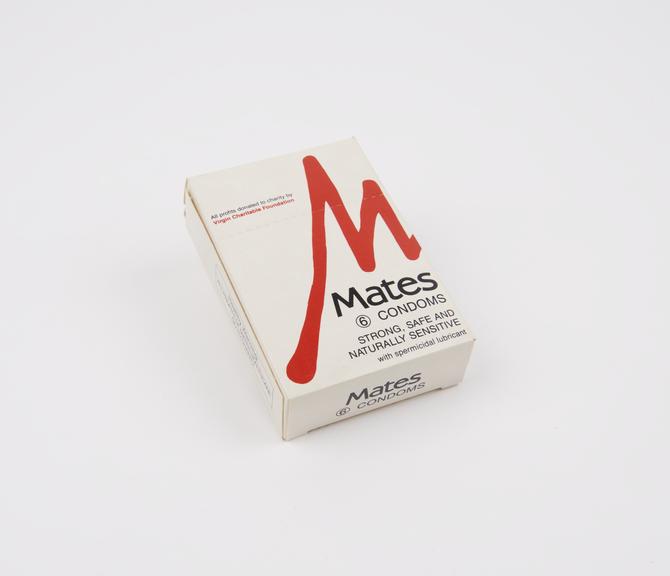Post Demographics – Classical segmentation is out

“Post-Demographics” – where relying on demographics for defining customers would be precarious.
Consumers aren’t defining themselves by demographics – they are doing so by their interests, behaviours and activities
Classic demographics like age and gender are losing importance among marketers.
Some observations
- Global connectivity is hastening the spread of information.
- A trend that starts in one country easily spreads to another.
- Brands are available globally and hence individual consumers experiment with a larger variety of brands.
- Different cultures influence each area and hence there is a wide variety of conventions.
- Millennials want to be unique and exhibit their personality partially through a curated set of brands. And this is not restricted to any one geo
- Financial soundness is not that important for millennials, unlike the older generation wherein success, as defined by financial status
Trendwatching calls this “Post-Demographics” – where relying on demographics for defining customers would be precarious.
Consumers aren’t defining themselves by demographics – they are doing so by their interests, behaviours and activities.
The Bottom Line: Behaviours are more important than demographics but do not ignore it
In other words, psychographic segmentation helps marketers understand why—the goals, challenges, emotions, values, habits, and hobbies that drive purchase decisions.
Subsequently, demography helps define the age group and sharpen the focus, the interaction with the audience.
So, while behaviours are more important than demographics, in a post-demographic world we cannot be oblivious to demographics.
For brands trying to be authentic, look for ways to see the shared behaviours and passions of your customers – this defines your tribe. Once you have narrowed it down, then look to demographics – all of the demographics that are represented within your tribe.
Procter & Gamble, Danone, Vodafone, etc have shifted the focus of their segmentation strategy to a more blended one with a focus on behaviour, etc. P&G moved from “generic demographic targets”, such as women or an age group like 18 to 49, to more precise “smart audiences”. Danone identified 16 tribes for its Volvis brand of water. Each tribe had a common set of behaviours.
It is important to be a balanced and careful approach, which eventually gives a comprehensive outlook of your customer and their needs.



